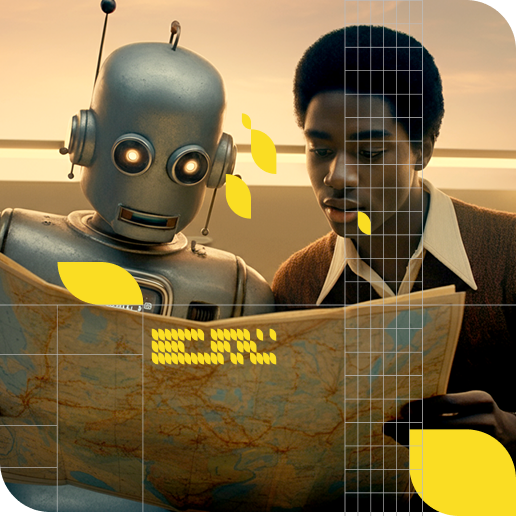
We have all felt a fundamental shift in marketing over the past decade. But the accelerating emergence of AI Search has compelled marketing leaders and their teams to reassess how their audience discovers and chooses their brand.
The strategies and playbooks that are shaping the next chapter in search are already in motion. What do you need to do right now in order to best position your brand for the future, and who can help you establish a definitive early mover advantage?
In the early days of Google, the search results page was simple:
That was it. You searched for something, clicked a link, and explored the web yourself. Search engines acted like librarians, handing you a reading list.
But over time, both user expectations and technology changed. In Andrei Broder’s paper, “Delphic Costs and Benefits in Web Search,” we learn that there are several non-monetary costs associated with search, including:
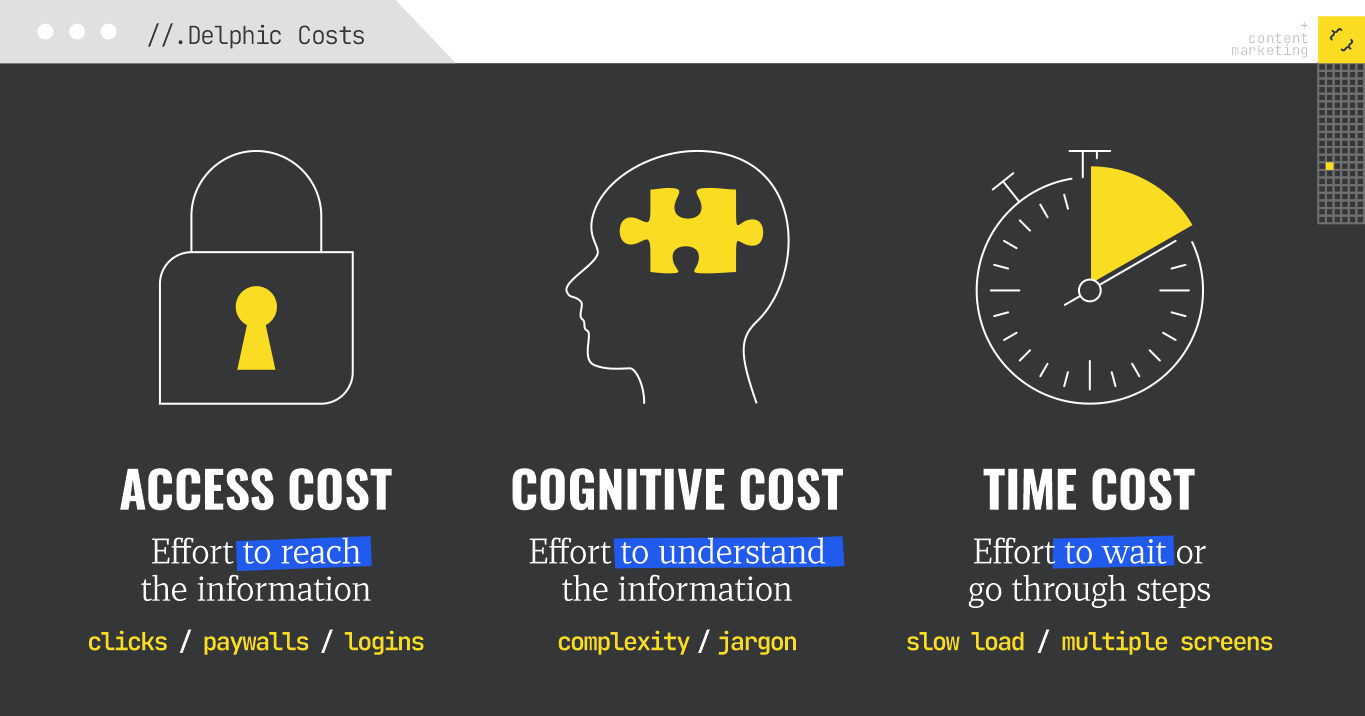
Therefore, Google’s mission to organize the world’s information shifted from “finding” to “providing” in order to lower these costs to users.
Google started adding new elements to the SERP to save people a click:
These features gradually transformed the SERP into an answer surface, rather than just a portal to the web.
User behavior soon followed, and a 2019 SparkToro study revealed that over 50% of Google searches resulted in zero clicks.
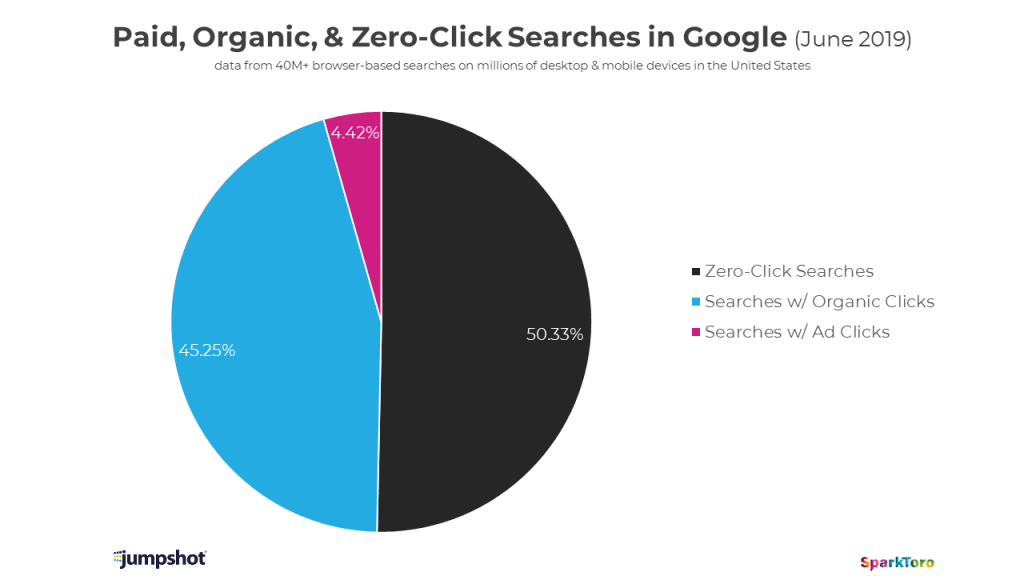
Over the years, new models allowed search engines to begin understanding search intent:
Then came the biggest shift yet: AI-generated answers. Instead of showing you places to go, these engines give you the answer directly. Sometimes with citations, sometimes without.
For brands, this means search has changed. Today, you’re trying to be part of the answer.
Search wasn’t always this proactive. The shift happened as new technologies made it possible for machines to do more of the work for us.
Basic Search Engines (1990s–2000s):
Smarter Algorithms (2010s):
The Generative AI Leap (2020s):
Now, AI meets the user at the point of intent. Instead of waiting for you to sift through results, the system:
You often get your answer without clicking a single link. In 2024, Gartner predicted that by 2026, traditional search volume could drop by 25%. Why? Because users aren’t searching the same way anymore. They expect instant answers, interact with AI in a conversational way by refining their question in real time, and expect less effort and more clarity from the tools they use.
But this shift raises important questions: who owns the answer? Can we trust it? What will happen to publishers?
These are the challenges facing the next era of search. And as of today, they’re not fully solved yet. Plus, the role of AI in search isn’t limited to summarizing answers anymore. We’re entering a phase where generative models act as agents, not just tools, that can:
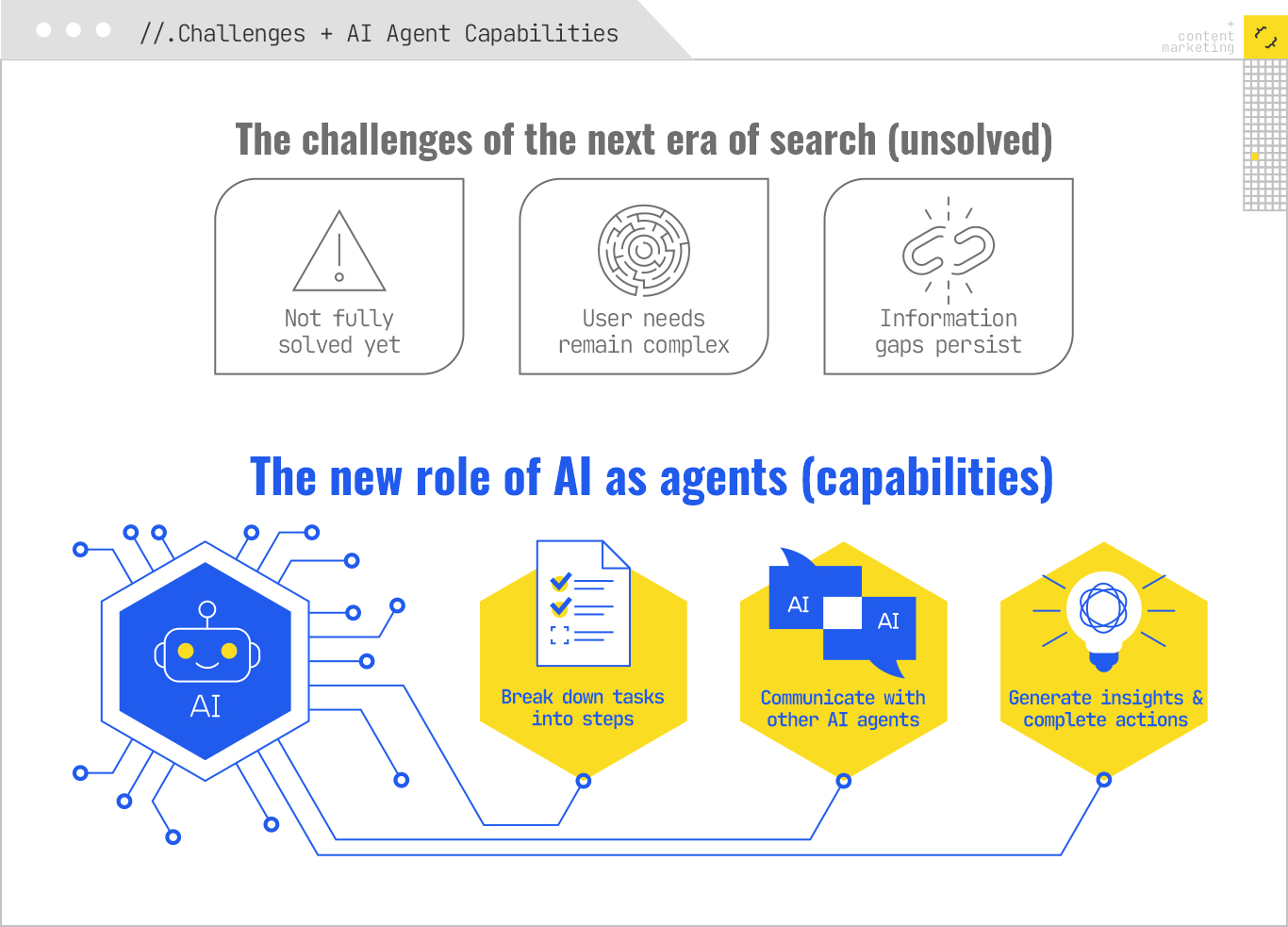
This shift is powered by concepts like the Model Context Protocol (MCP), which is a system that transforms static content into dynamic, actionable AI experiences. Instead of running a single prompt and waiting for a response, you launch an entire process where a primary AI agent speaks to the MCP, and then spawns multiple specialized agents with clear roles that work in parallel to complete complex tasks faster and more efficiently.
On a recent iPullRank webinar, Andrea Volpini discussed MCP and its capabilities. Say you’re trying to figure out if your website’s traffic drop is related to the rise of AI Overviews on the SERP. Instead of doing this analysis by hand, an AI agent network could take over:
The agents will then report back to you or even directly adjust your dashboards, spreadsheets, or monitoring alerts. The agent becomes the new middleman between you and the web, as well as different layers of data, tools, and tasks. This is the future of search.
The search industry is in the middle of an identity shift. For decades, we called the process of helping search engines find your content Search Engine Optimization (SEO).
But what do you call it when the search engine itself reads your content and answers a question for you without needing to click elsewhere?
That’s the problem the industry is trying to solve right now. Different names have floated around:
GEO describes the technical infrastructure, data structures, and authority signals that help generative engines understand, extract, and present your information correctly. Unlike SEO, where the audience is human users reading search snippets, GEO’s primary audience is machines. Your goal is to make content that AI models can ingest, synthesize, and explain accurately.
It involves optimizing for:
To prepare your content for generative systems like Google Gemini, Perplexity, and ChatGPT with browsing, GEO focuses on the machine-readable layers beneath the surface:
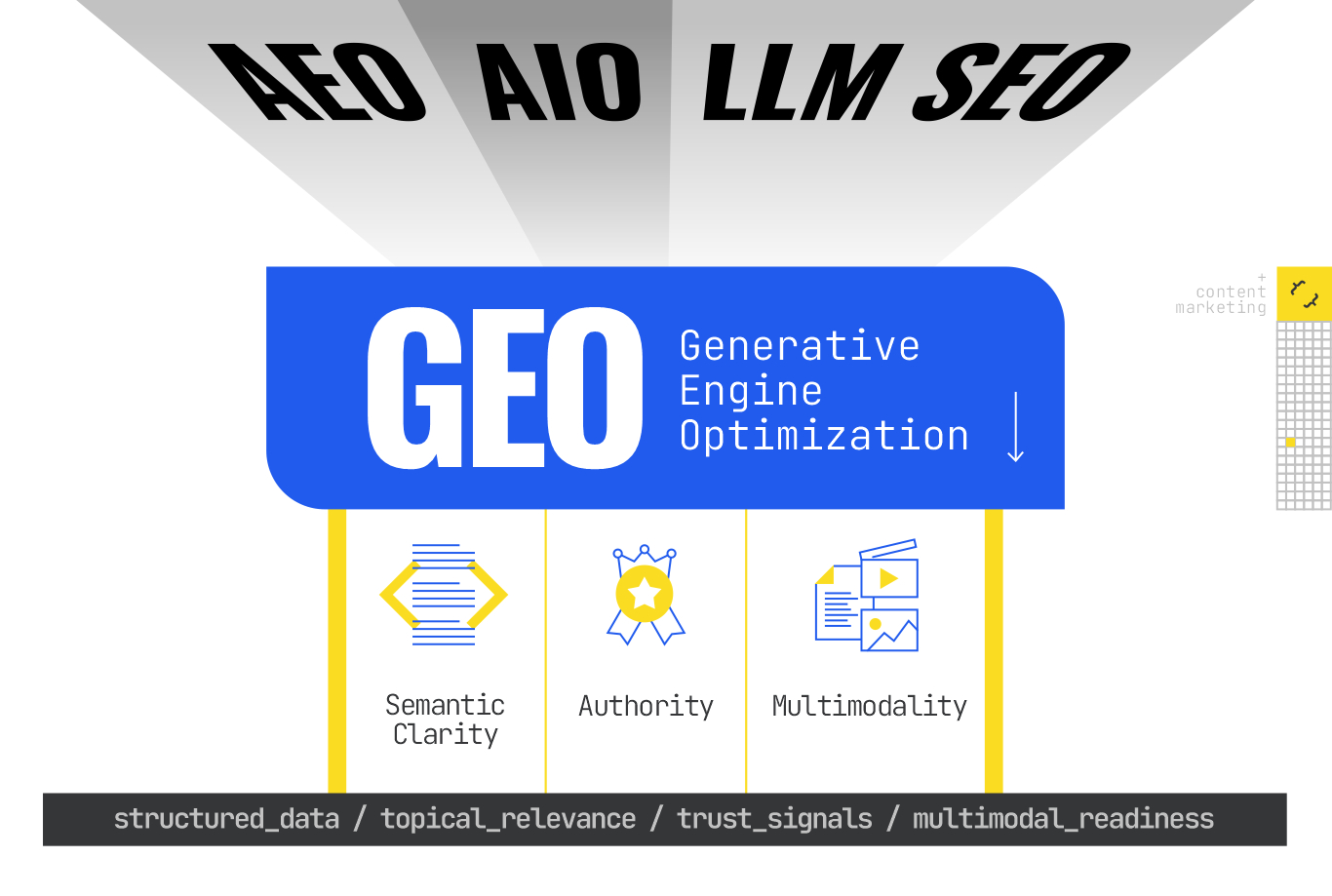
SEO was about ranking on the SERP. GEO is about being part of the answer, whether or not a link is shown. As search engines evolve into generative engines, GEO gives us the framework to ensure content isn’t just found, but understood and surfaced correctly.
Relevance Engineering is the channel-agnostic approach that systematically positions content within information systems to deliver highly pertinent and valuable results. It goes beyond keywords to understand context, intent, and data relationships, aiming to ensure the right information reaches the right user at the right time.
This multidisciplinary field draws from:
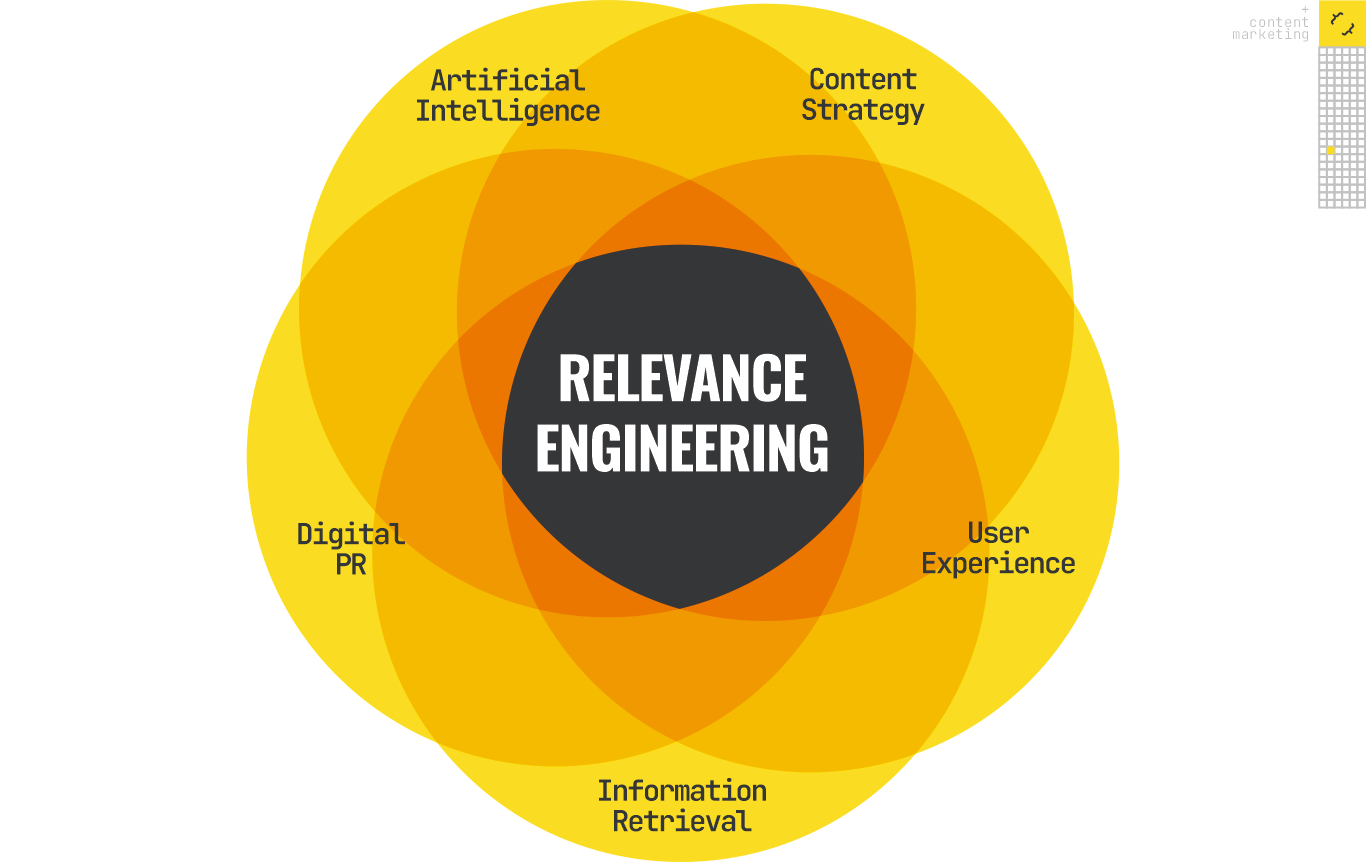
Conversational search is largely about relevance and can be scored mathematically, where documents and queries are plotted in multidimensional vector space. The closer a document vector is to a query vector, the more relevant it is. In Relevance Engineering, relevance becomes a score to measure, not a guess.
At the heart of modern AI search is a process called Retrieval-Augmented Generation (RAG). Instead of answering questions purely from a model’s training data, RAG combines two steps:
This matters for Relevance Engineering and GEO because it shifts the optimization target. Now you’re optimizing content so retrieval systems can find it quickly in vector space, recognize it as topically relevant and authoritative, and pass it to a generative model to make it part of the answer.
RAG is what makes generative engines dynamic. In a RAG system, the better your content fits the search and retrieval layer the more likely it is to power the AI-generated response. Can the search system find your content? Can the AI use your content to build a clear, trustworthy answer?
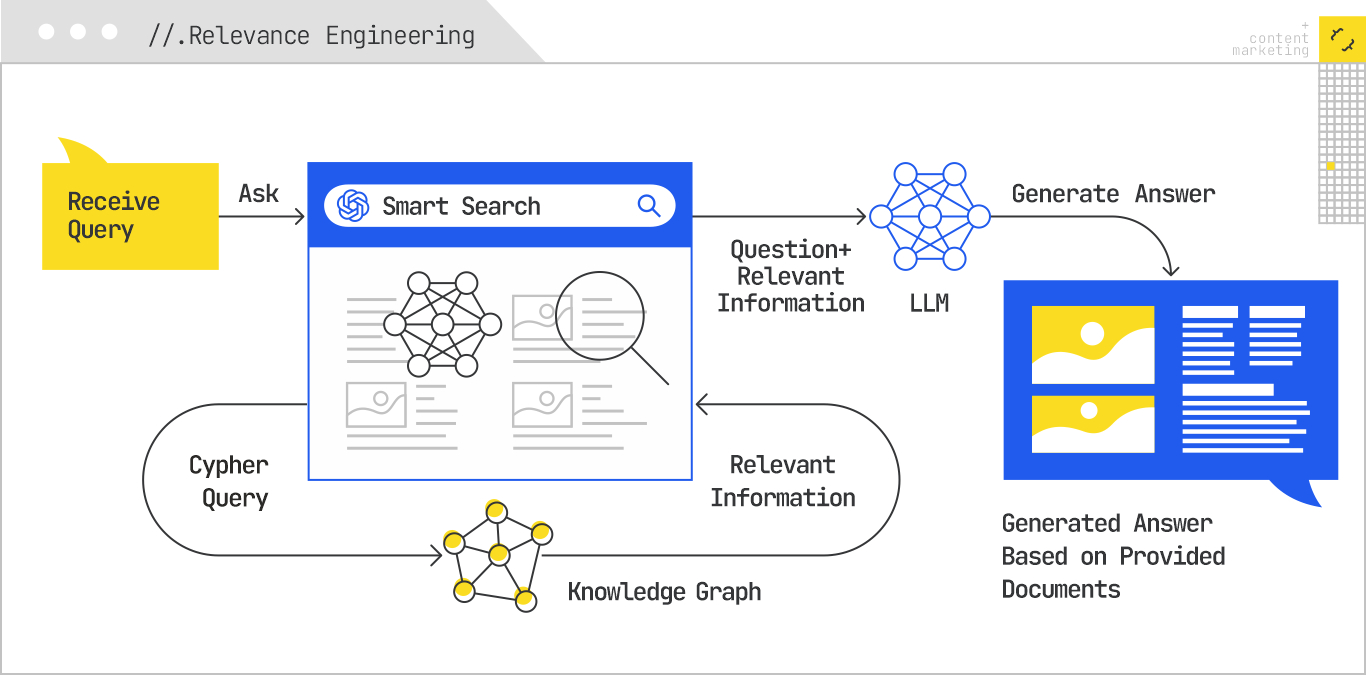
This requires building content, data, and infrastructure with intent: structuring information so large language models and vector-based retrieval systems can find it. As semantic retrieval grows, deep pages, not just homepages, are being cited by over 80% of AI Overviews.
Focus on:
The result is a content ecosystem engineered for AI‑first surfaces that’s optimized to rank in zero‑click AI overviews and conversational agents, not just traditional search, and built without guesswork.
If your brand isn’t being retrieved, synthesized, and cited in AI Overviews, AI Mode, ChatGPT, or Perplexity, you’re missing from the decisions that matter. Relevance Engineering structures content for clarity, optimizes for retrieval, and measures real impact. Content Resonance turns that visibility into lasting connection.
Schedule a call with iPullRank to own the conversations that drive your market.

The appendix includes everything you need to operationalize the ideas in this manual, downloadable tools, reporting templates, and prompt recipes for GEO testing. You’ll also find a glossary that breaks down technical terms and concepts to keep your team aligned. Use this section as your implementation hub.
//.eBook

The AI Search Manual is your operating manual for being seen in the next iteration of Organic Search where answers are generated, not linked.
Prefer to read in chunks? We’ll send the AI Search Manual as an email series—complete with extra commentary, fresh examples, and early access to new tools. Stay sharp and stay ahead, one email at a time.
Sign up for the Rank Report — the weekly iPullRank newsletter. We unpack industry news, updates, and best practices in the world of SEO, content, and generative AI.
iPullRank is a pioneering content marketing and enterprise SEO agency leading the way in Relevance Engineering, Audience-Focused SEO, and Content Strategy. People-first in our approach, we’ve delivered $4B+ in organic search results for our clients.
We’ll break it up and send it straight to your inbox along with all of the great insights, real-world examples, and early access to new tools we’re testing. It’s the easiest way to keep up without blocking off your whole afternoon.
